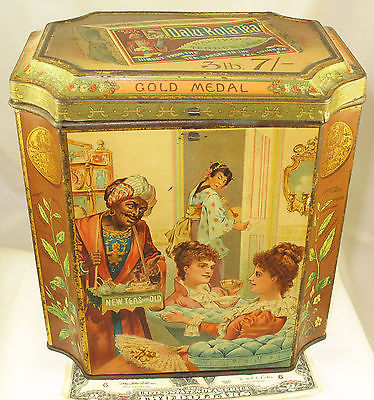Common foods and drinks – let’s look at a few things that we take for granted today, but which were seen very differently in Regency times.
Because there were no fast ways to get things from one part of the world to another, anything that could not be grown in England (or was not yet grown in England) had to be imported, at extreme cost. Many fortunes where made in shipping ventures to bring exotic goods to England from the far reaches of the world. The ton had an insatiable appetite for luxuries, and for items that would allow one person or family to appear more sophisticated or more obviously wealthy than their neighbours. Merchants were happy to encourage those appetites, although with some caution, as quite a few of the ton were known for not ever paying their bills!
So – here are some commonplace things today, that were not that way in Regency times:
- Tea – tea had to be imported from China (it was later imported from India, where the British Raj had encouraged its cultivation, using plants that had been
 obtained from China), so it was extremely expensive. The tea storage box was usually locked, and kept under lock and key by the housekeeper in noble households. What was often spoken of as ‘tea’ was usually a herbal tisane or infusion, made from herbs that grew in England – very little ‘tea’ was actually tea. Tea was rarely taken with milk – generally, a slice of lemon was added, if anything.
obtained from China), so it was extremely expensive. The tea storage box was usually locked, and kept under lock and key by the housekeeper in noble households. What was often spoken of as ‘tea’ was usually a herbal tisane or infusion, made from herbs that grew in England – very little ‘tea’ was actually tea. Tea was rarely taken with milk – generally, a slice of lemon was added, if anything.
This is an example of the beautiful tins in which tea was sold – this one is similar to one that was listed on eBay recently for more than $1000 – very collectible indeed! - Coffee – by Regency times coffee was available, but was not yet at all common, outside the wealthiest households. It reached greater common use in America, before it did in England. There were limited varieties, and the resultant brew was made in a number of different ways, all of which tended to produce a much more bitter taste than the coffees of today,
- Hot Chocolate – another drink that was only just coming into use, and really only amongst the nobility at that time. The hot chocolate of the time was quite bitter, and very thick – it tended to be made using chocolate that was nearly 100% cocoa – like the darkest of chocolates today. Experimental cooks had just begun to work out that, if they added sugar (also a very expensive imported substance!), and some cream, they could make a sweeter, thinner mixture, which, by the early 1800s, was becoming popular with some ladies of the aristocracy. At this time experimentation also began on adding various spices to the mix, for flavour.
- Sugar – Sugar came from a number of sources, but the white table sugar that we know today was very expensive, because not only did it have to be imported from tropical countries, but the process of refining it to create the fine white crystals was difficult and time consuming. Other sugar sources were sugar beet, and less refined sugars (such as molasses syrup). Some (again, extremely expensive) items, like yellow rock sugar from China, were also occasionally seen.
- Oranges – whilst oranges were available in England, they were fairly expensive, as the English climate was too harsh for orange trees to grow well, unless they were in a greenhouse. So they, too, were imported from tropical parts of the world. An orange was a thing to be treasured, and a single one, if they could afford it, might be shared between a family. As the market grew, more were imported, and they became less expensive – but that took many years.
That’s enough for one post on this! But it gives you an indication of how simple things can be so different – things you would never think about, as a person living with the easy accessibility of those things today. To top it off for the Regency era population in England, the Napoleonic Wars had resulted in trade embargoes, and in much more difficult trade routes (by land or sea) to bring goods to England from the East. So that meant more expensive goods, and it also meant more smuggling! Then, when the wars ended, the market in many products collapsed, as trade began to flow again, and there was an economic failure in many sectors.
Imagine living in a time when you could not afford a cup of tea or coffee in the morning, or to put sugar in anything, because they were more expensive than gold…… How well would you survive?
